
Born: St. Boniface, Manitoba
Price range: $800 – $12,000
1931 - 2009
Bruce Head
, RCA
Nationally-renowned Canadian artist Bruce Head RCA began drawing and sketching as an elementary school student in central Winnipeg and never looked back. Born in St. Boniface in 1931, he graduated from the University of Manitoba’s School of Art in 1953 and pursued a life-long passion for painting and sculpting, as well as graphic design. He was among the handful of young Manitoba artists whose work in the 1950s stimulated a dramatic surge in interest in contemporary art on the Canadian Prairies, and who rapidly came to represent a unique visual movement in their own rights.
Elected to the Royal Canadian Academy (RCA) in the early 70s, Head, at the time, was the youngest Manitoban to be elected. He had been the recipient of numerous awards and had undertaken several public commissions. Among them is Canada’s longest in situ piece of art—at 421 feet in length, situated beneath the city’s fabled corner of Portage and Main—a circular, formed and sculpted concrete wall that Winnipeg Art Gallery guest curator Amy Karlinsky has described as “a work of stunning simplicity, efficiency, and aesthetic effect.”
Head’s insistence on the integrity of the creative process permeated his professional life. As a graphic designer for the CBC for many years, his work carried a uniquely recognizable energy and bold strength that reflects consistently in his canvas pieces and sculpture. Impatient with verbose, pseudo-intellectual forms of artistic interpretation, he defined his artistic philosophy as “what you see is what you get”. Canadian art historian, writer and consultant in the arts and not-for-profit sector Patricia Bovey called Head “a consummate artist, always experimenting, often using materials in unintended ways. Bruce Head has produced a large body of lyrical, richly textured, vibrantly colourful works… his primary inspirations are the land and the light.”
Available Works

Wheels, ca.2005

Boxed In, 1999

Winter Garden, 2007
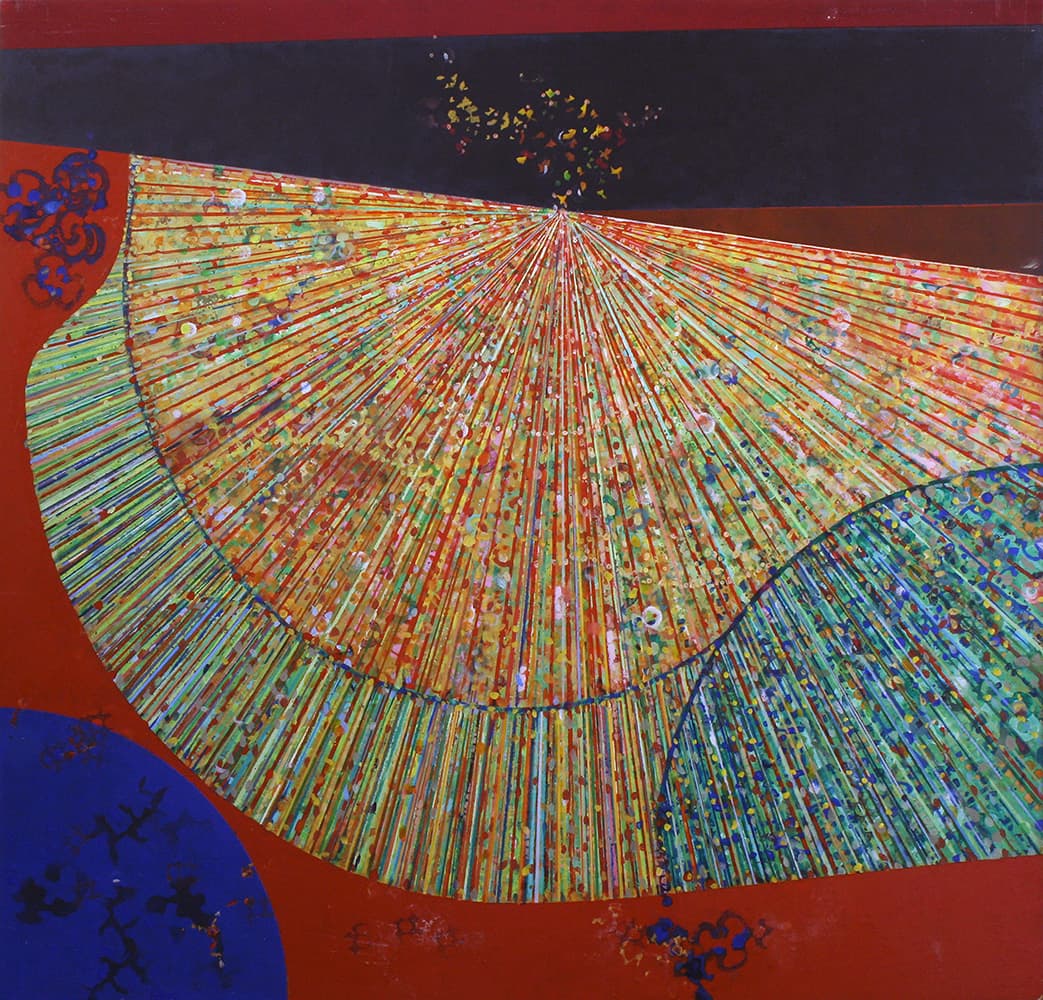
Music Man, 2004

Night Skyline, no date
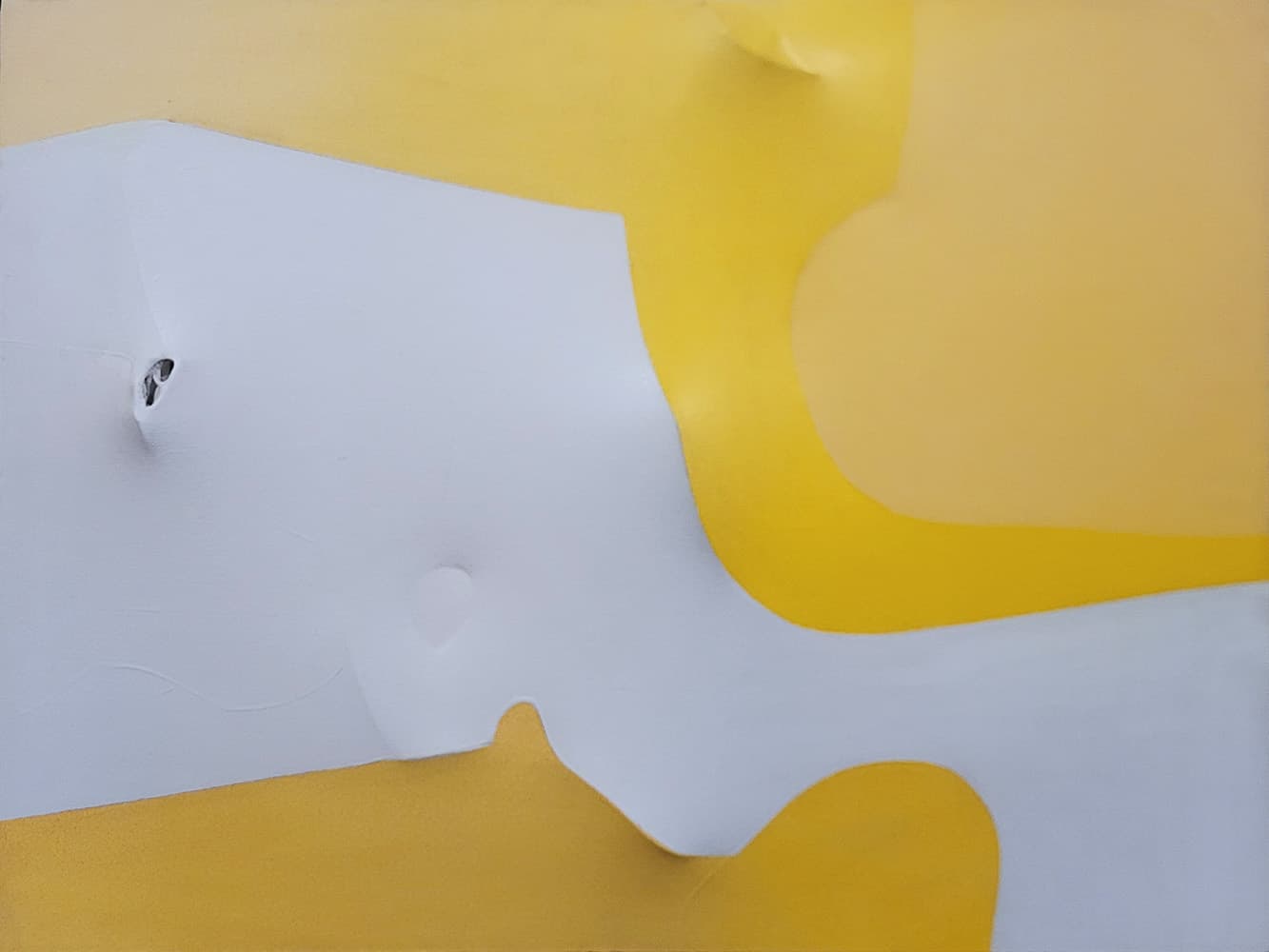
Yellow Plate, 1976
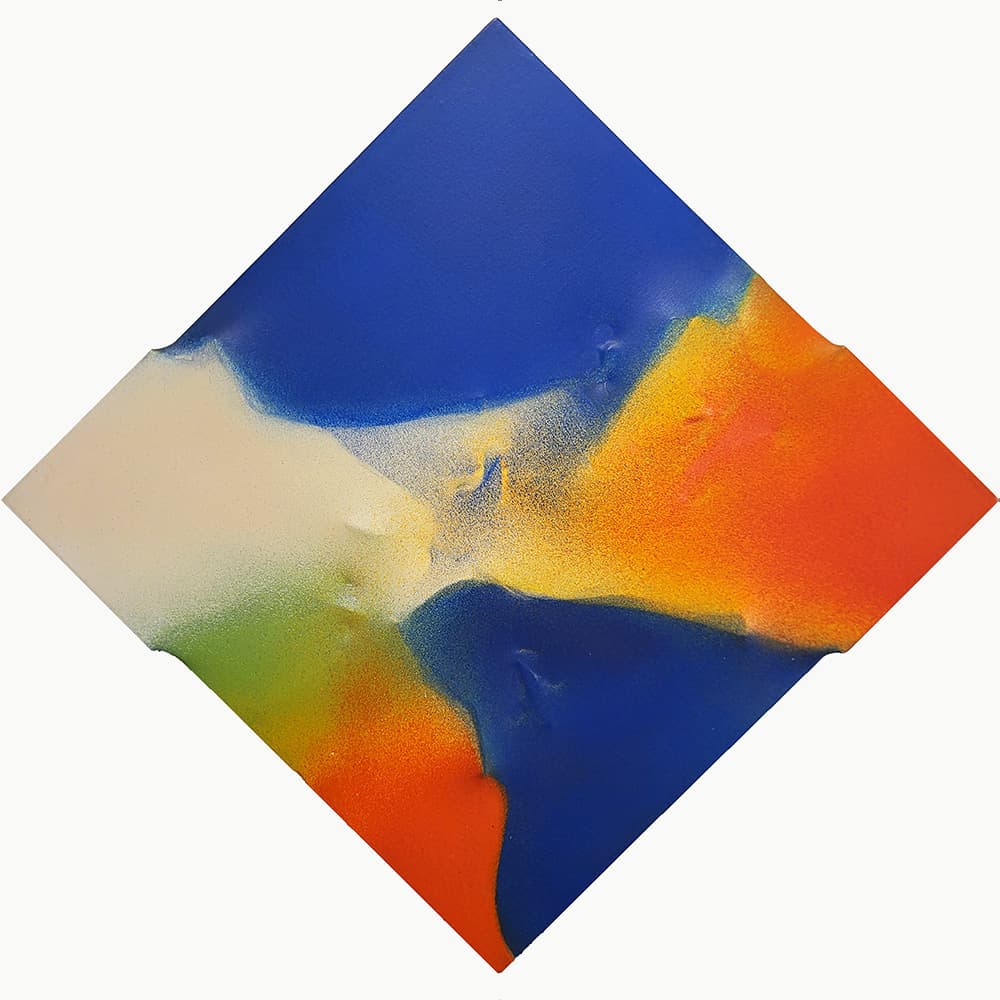
Diamond Lil, 1980
Spanish Wells, 1981

Untitled, 1969
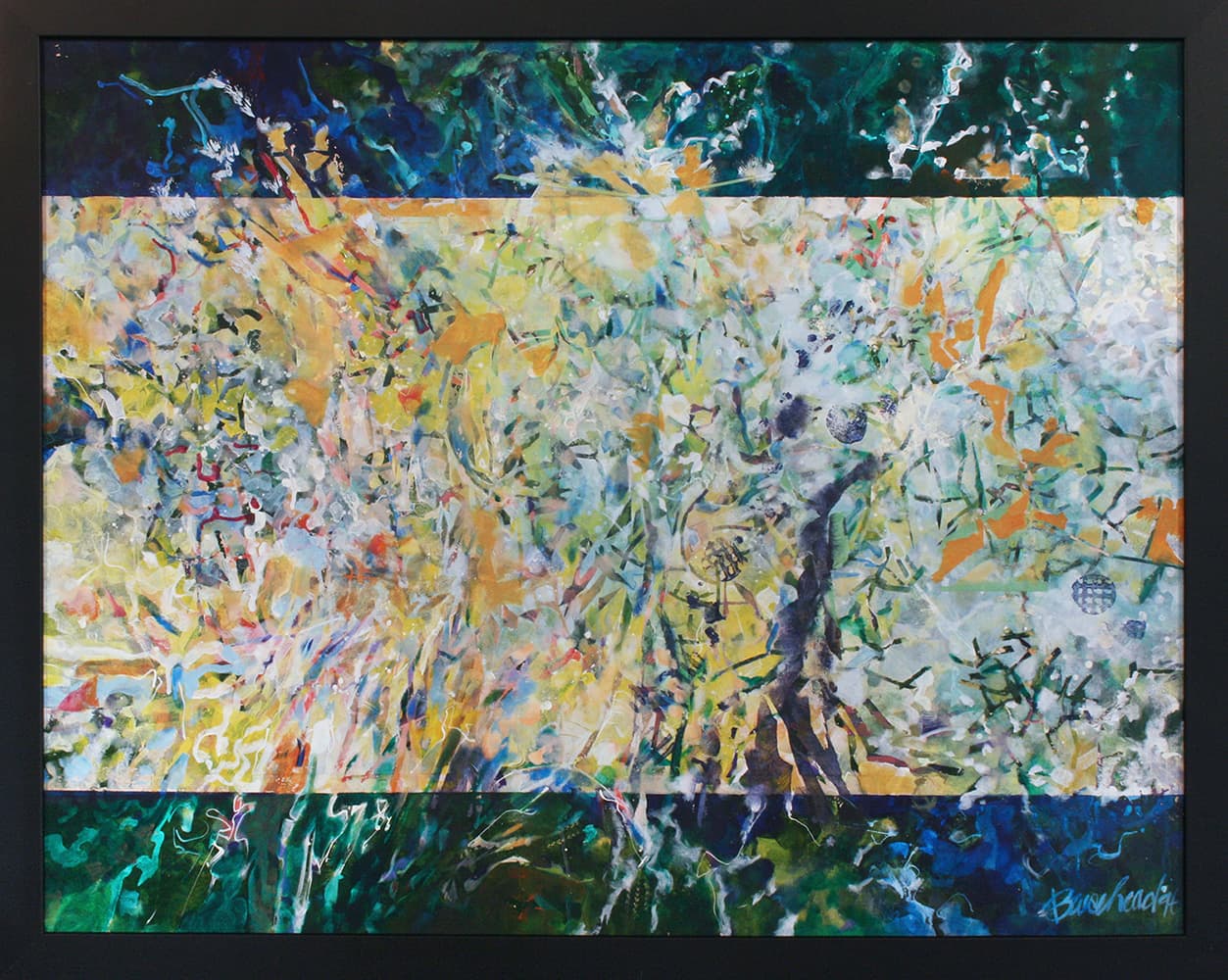
Zoby / Belize, 1995
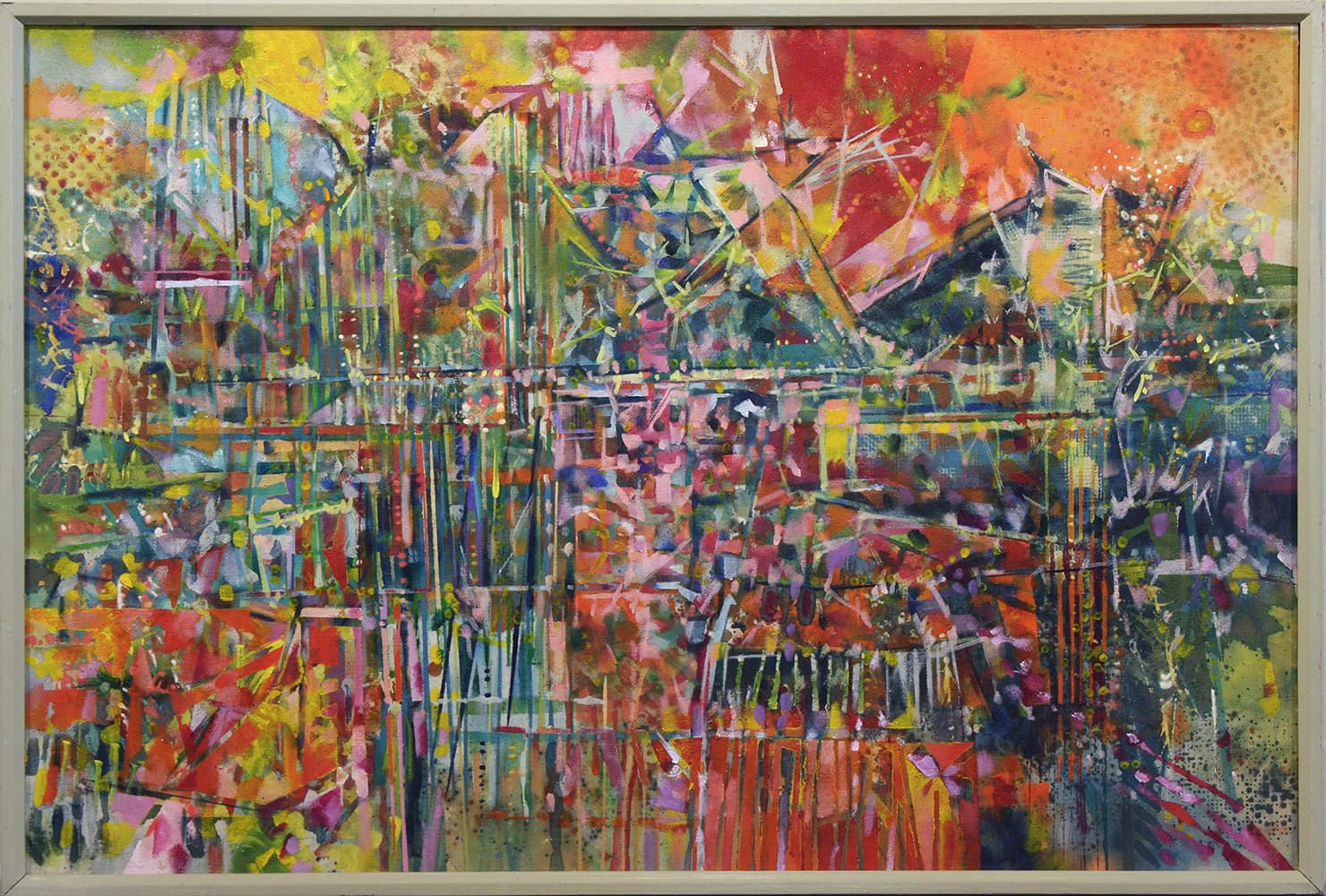
Spruce Woods Walk, 1997

Then & Now, 2007

Untitled

Almost There

Passing Calgary

Shake-up
Untitled
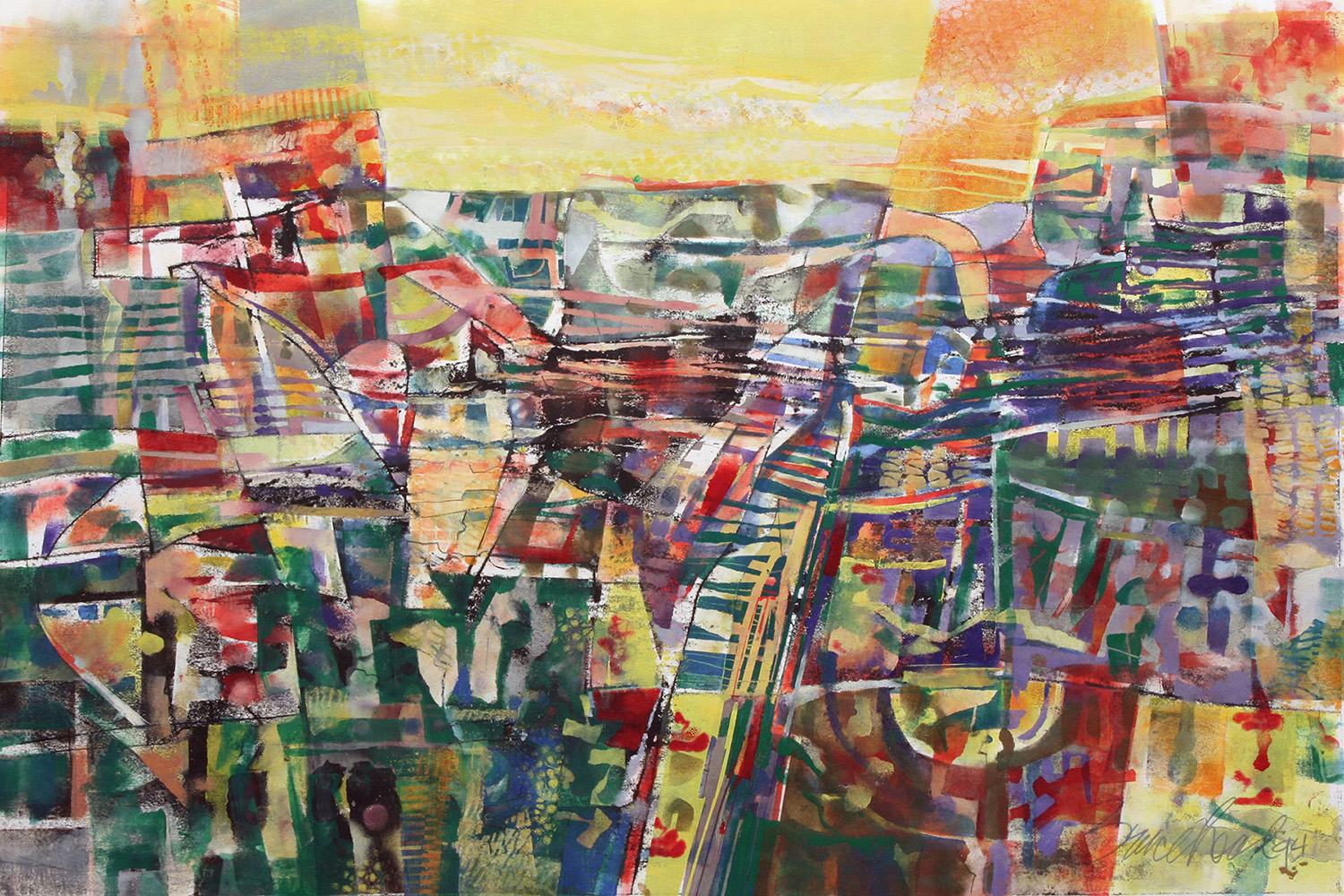
Untitled, 1994

Trail

Running Late
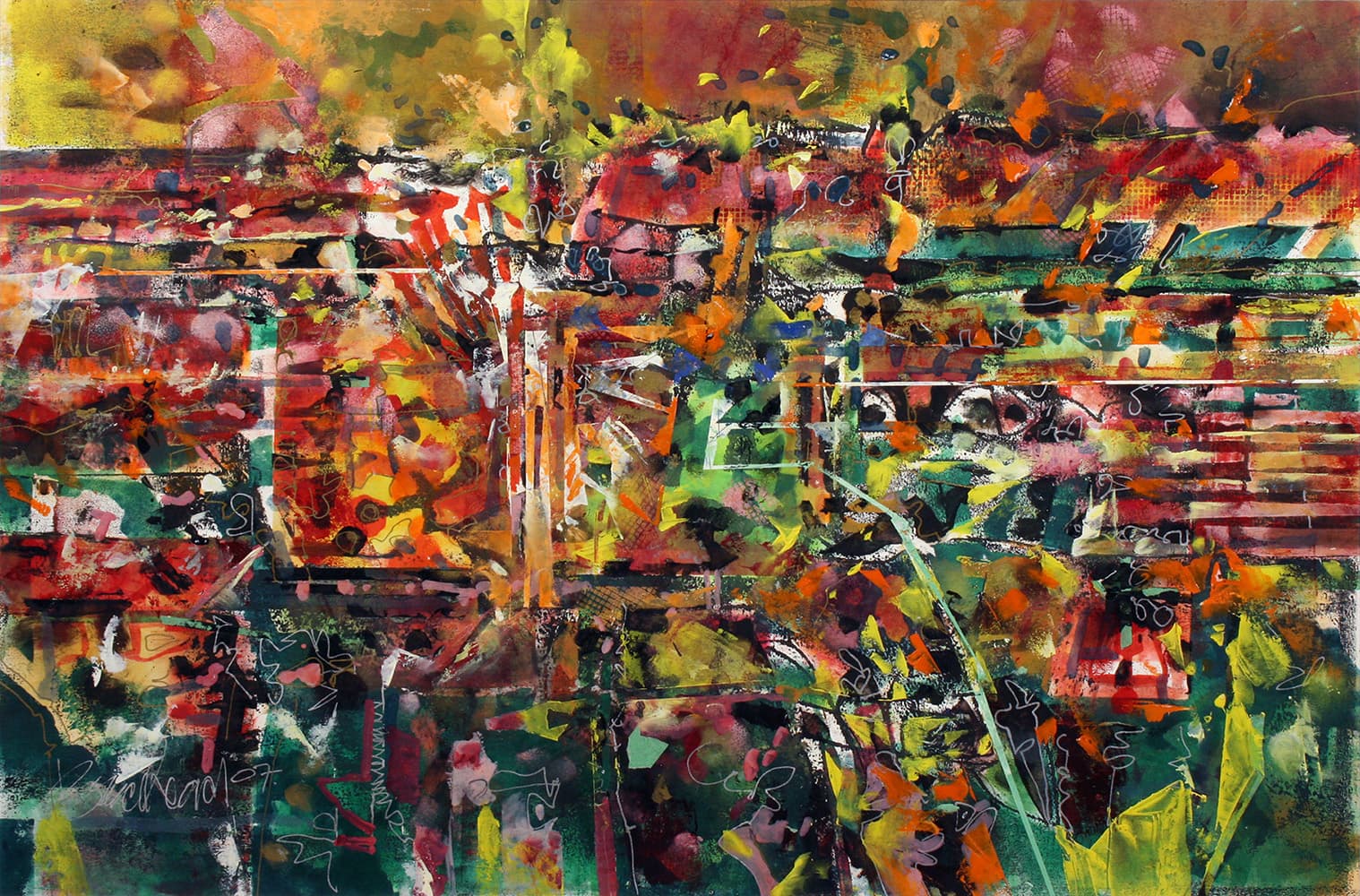
Untitled (Red & Green)
Beak, ca. 1970s
Untitled , 1966
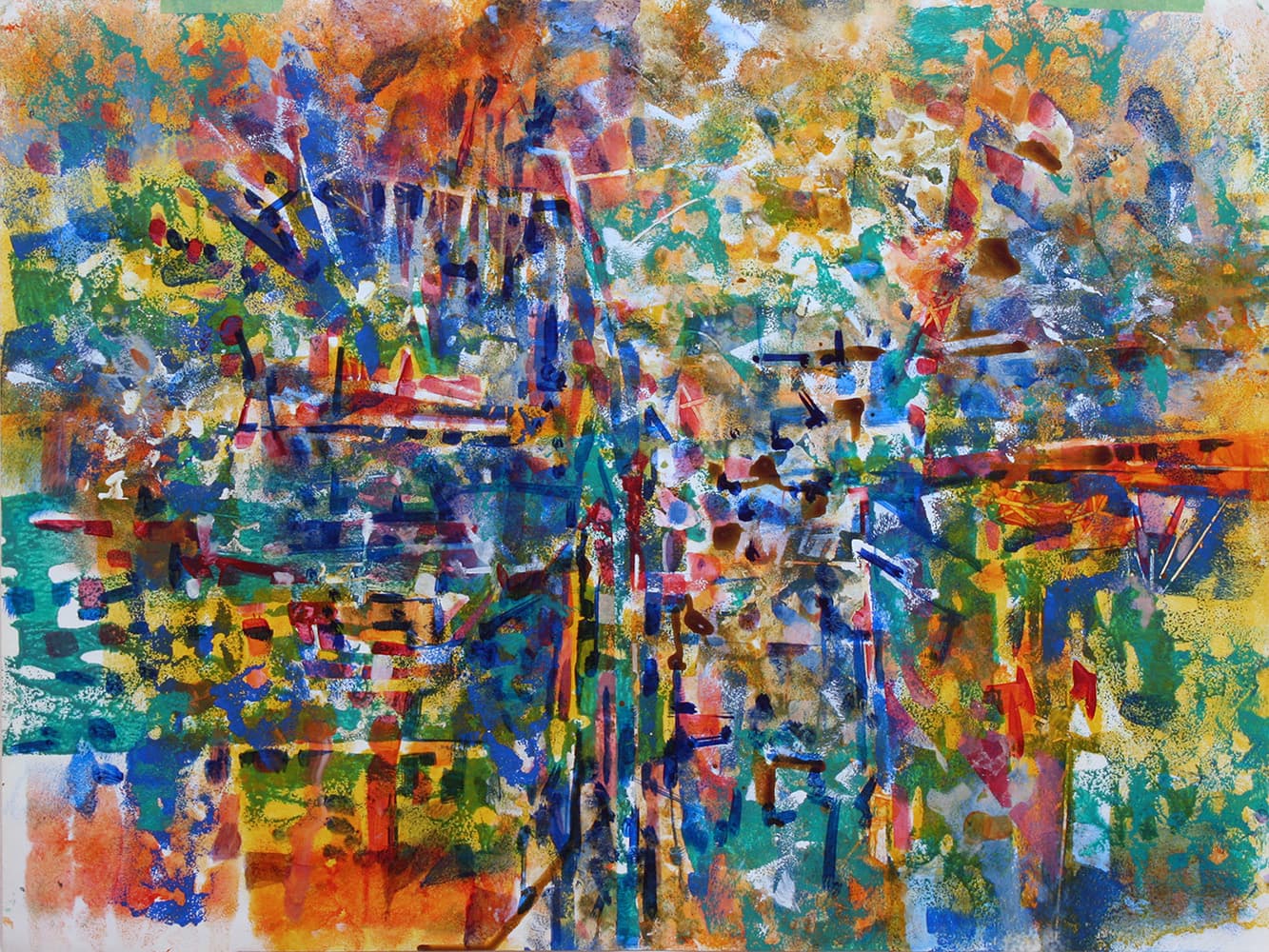
Untitled (Green & Blue)
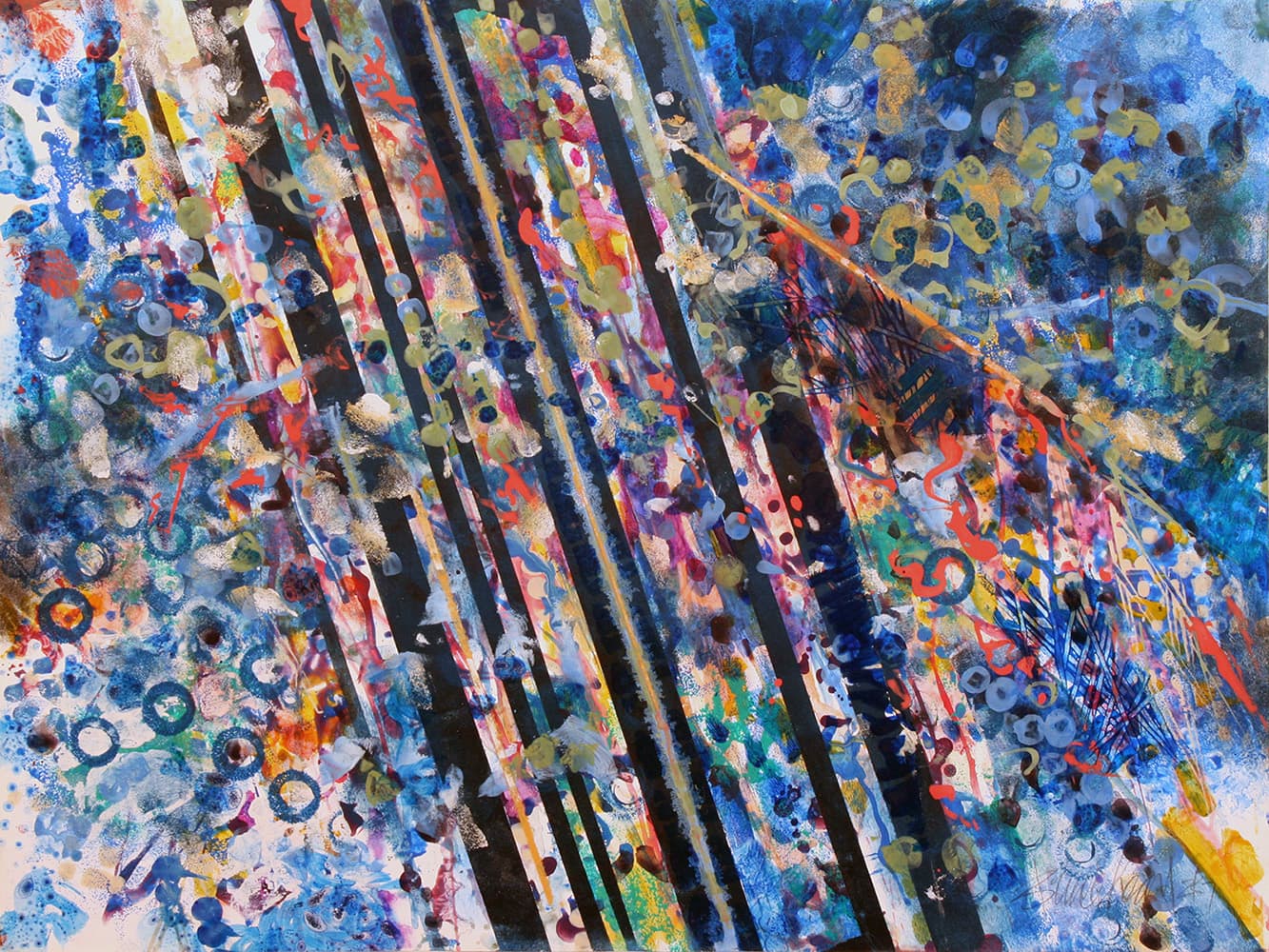
Untitled (blue)
Southcoast
Tank (2K4)
Can-Scape
Blue Rise
Catalogs

Head & Mayhew Exhibition e-Catalog 2022
These two brilliant artists come together in a unique exhibition to celebrate their life work. Albeit from different provinces, they knew each other and followed each other’s work with interest. They were tied to a similar aspiration; to make art for art’s sake. Both Head and Mayhew create works that are about the visual language of art, not the verbal. Be it painting or sculpture, the idea was to appreciate the art outside of an artist statement or explanation; to appreciate the lines, colour, and form intuitively. To immerse yourself in these works of art is like exploring the unknown and to be lost (or found) in the visual world for which they each created. Their aspiration and energy are apparent. The organic forms that they each draw upon is a link to humanity and an exploration of the unknown.